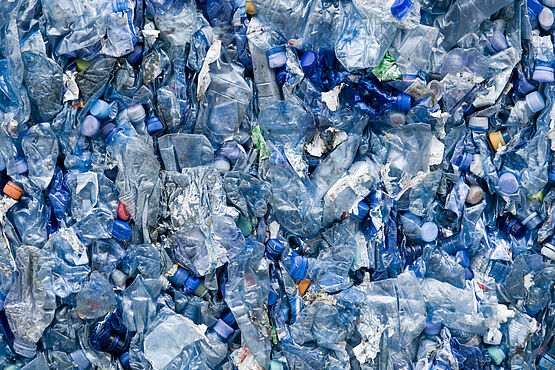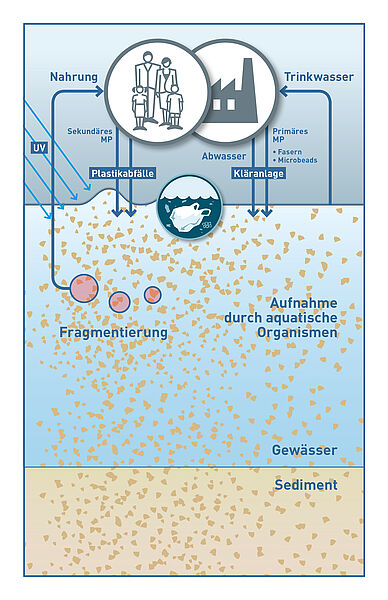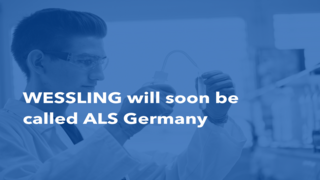Analysis of microplastics in the environment
Our life scientists in the particle analysis and environmental analysis fields are readily available to assist you with their extensive know-how regarding the topic of microplastics in the environment – with qualified sampling and the development of specific sample preparation methods for analysing microplastics.


Microplastics enter the environment in various ways such as carelessly discarded rubbish, through waste water or tyre wear. Once there, it takes a very long time until they break down from sunlight and chemical, physical, biological or mechanical processes to form smaller particles down into the micrometre range. These particles consist of various types of plastic such as polyethylene (PE), polypropylene (PP), polyvinyl chloride (PVC), polystyrene (PS) or polyethylene terephthalate (PET).
Analysis of microplastics in drinking water
Studies show that drinking water can also contain microplastics. The WESSLING experts use the latest spectroscopic analysis techniques to examine drinking water for microplastics and determine the quality of residues. The WESSLING experts are available to drinking water suppliers with their experience and know-how, and offer individual advice on the optimal scope of the analysis.
Our services in the field of microplastics:
- Performance of all analyses: sampling, sample preparation and detection
- Analysis of microplastics using raman microscopy, FTIR microscopy and pyrolysis GC/MS
- Qualified sampling
Do you have questions about microplastics in water?
Do not hesitate to contact me!
- Katharina Hellmann
- +49 2505 89-198
- mikroplastik@wessling.de
Do you have questions about microplastics in food, cosmetics or other matrices?
I'm happy to help!
- André Schmitz
- +49 2505 89-673
- andre.schmitz@wessling.de

